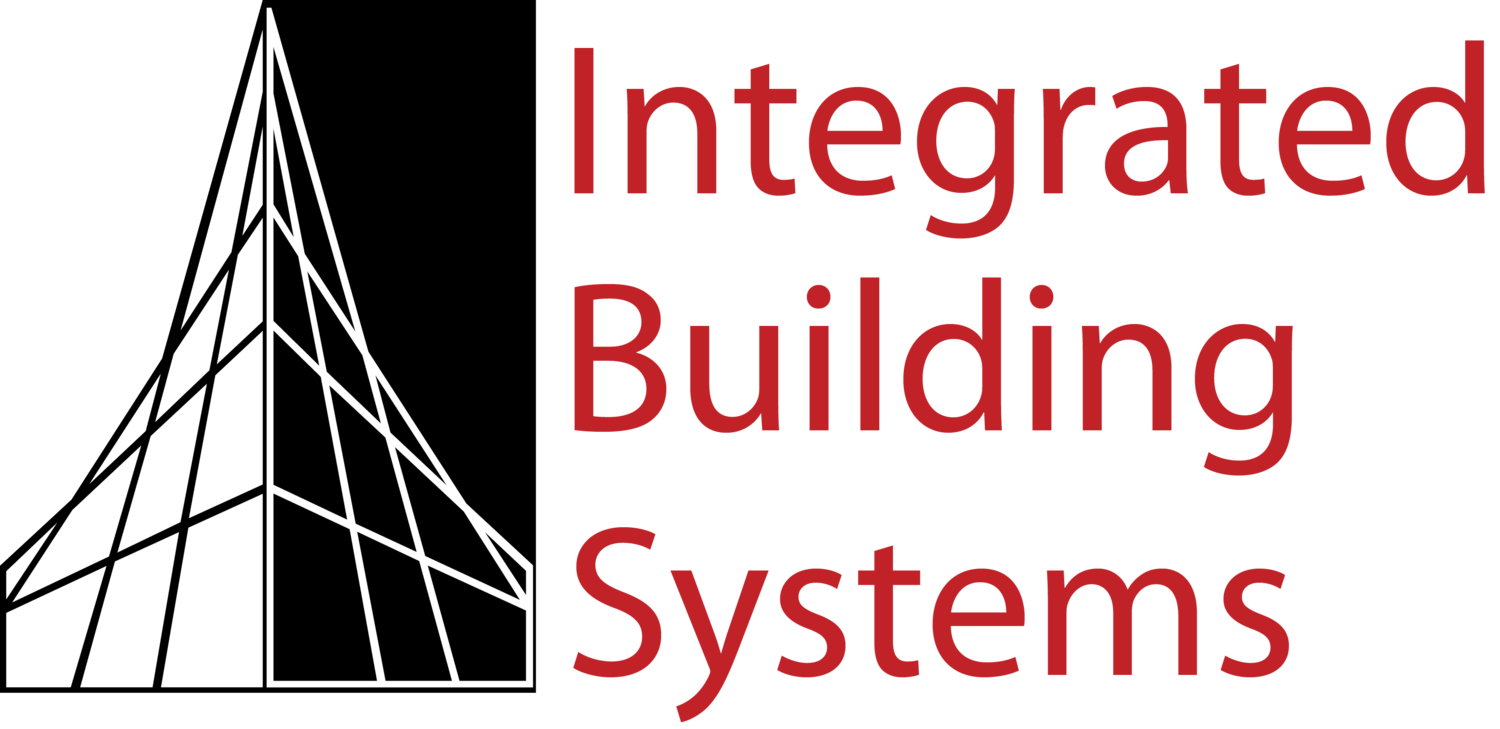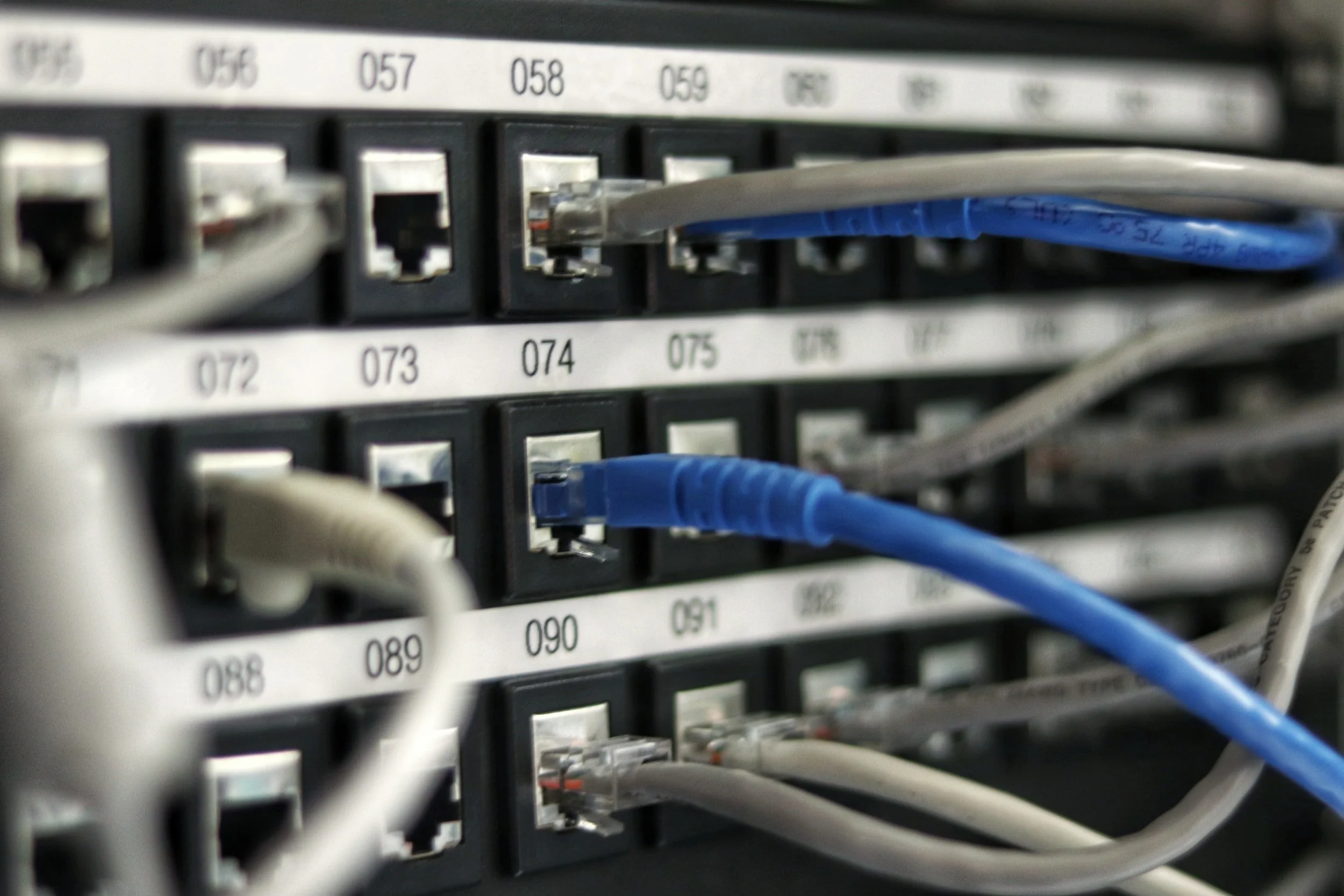Are you spending more than you should on your voice and data cabling?
Every single IT system relies on this foundation: a quality structured cabling infrastructure.
If the infrastructure is weak, everything that's connected to it will suffer--phones, computers, security systems, audio-visual systems, and more. In fact, 80% of corporate network problems—data errors, slow data transmission, lost files—result from faulty cabling.
Even though technology is a fundamental business resource (we at IBS call it the “fourth utility”), it’s often overlooked or at best haphazardly planned. And that neglect can lead to unnecessary expenses.
Are you spending more than you should on your technology infrastructure? Consider the following sure-fire ways to waste money on structured cabling:
1. Allow your telecommunications room to become a tangled mess.
From junk drawers to storage closets, messes are not expensive or difficult to create, but they’re costly to sort out. Your telecommunications room (TR) is no exception.
An orderly data rack can be undone in a matter of hours if patch cords or other wires are added or moved without regard to proper installation and labeling. TRs are not static spaces. For example, when you add a new employee, you add cabling for a phone and computer; if you add a projector and sound system to a conference room, you add more cabling. Time to fix a nonworking jack? You add a patch cord...and so on.
If the cabling and data rack are not kept in order after each change, it’s easy for the TR to look more like a bowl of spaghetti than a high-tech control center.
Why does this matter? After the TR becomes a tangled mess, your IT staff or cabling vendor will spend at least twice as much time and money trying to complete updates and changes to your technology systems. To sort out the mess, a trained technician must test and tone each cable, and then ensure each one is properly labeled to reflect its connection. It’s laborious work that can be avoided with the simple act of keeping the TR tidy after each update.
2. Ignore shoddy workmanship.
You don’t have to be a technology expert to know that wires shouldn’t hang haphazardly in your office ceiling or sit in looping piles on the TR floor.
Shoddy workmanship and shortcuts stand out because they simply look wrong, even to an untrained eye. Repair bills make substandard work even more expensive. It’s a good guess that cheap jacks will break easily, and crimped (not terminated) cables will eventually short. Cabling craftsmanship offers a return on investment.
3. Forego technology infrastructure planning until FF&E.
Your technology infrastructure is a fundamental business utility, but unlike mechanical, electrical, and plumbing services, it’s often not included in construction planning and budgeting. Blueprints may show pathways for communications cabling but that does not mean it will be provided, much less integrated with your network.
How does this disconnect occur? Let’s say you’re planning to remodel offices, and construction drawings show where the cabling will enter each interior space, but not the final placement or number of jacks, outlets, or cable drops. You may be told that such planning can wait until FF&E—the time when your furniture, fixtures, and equipment are installed.
If you wait until FF&E to plan the infrastructure, it may be too late to efficiently and affordably address critical questions:
Will you have access to outlets and jacks that line up with your furniture?
What if you want to change the layout?
Where will additional equipment like printers, copiers, and fax machines be placed and how will they connect to your network?
Will the walls offer the necessary reinforcement for digital signage or other monitors?
Will you have the appropriate cabling to support your systems?
Can you reduce space requirements and operating expenses for the infrastructure?
How will the infrastructure support WiFi, access control, and security cameras?
HOW TO SAVE MONEY ON CABLING
How do you save money on your structured cabling infrastructure? Create a technology infrastructure plan at the design stage of a project. Planning at the design stage is affordable—just 2 to 5 percent of the total technology investment, on average.
Spending a few extra dollars for professional planning at the start of any project, large or small, prevents overspending on corrective measures later—in the worst case, having to reopen the walls, ceilings, or floors to fix avoidable problems.

